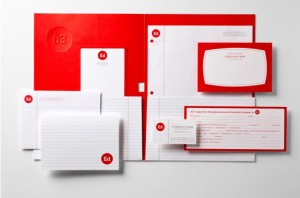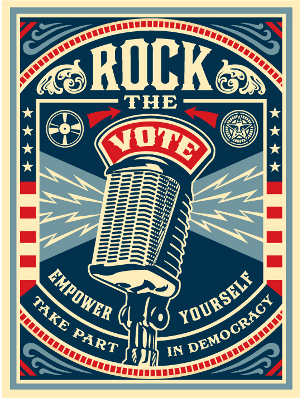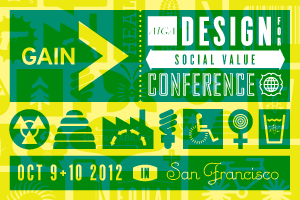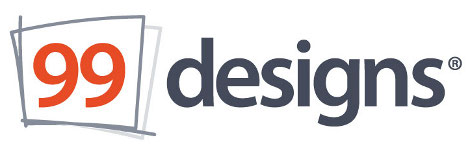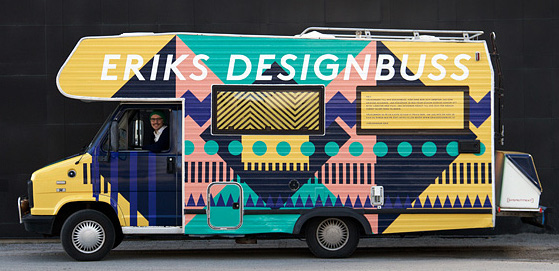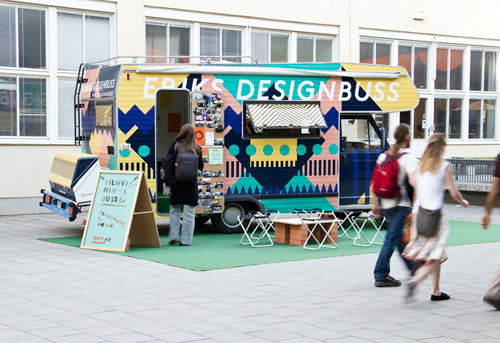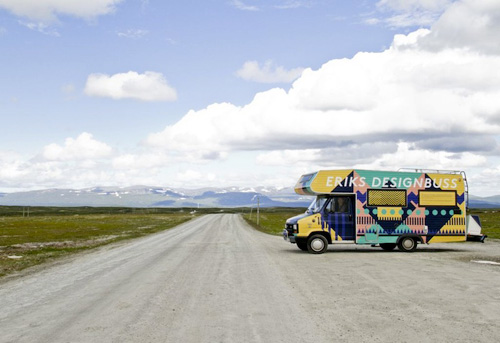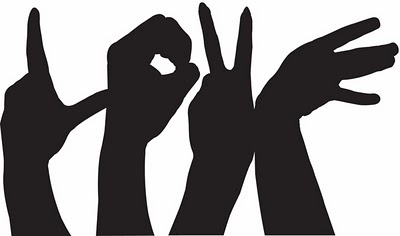
Sometimes things we intend to do (no matter how earnestly) somehow get pushed off the to-do list and fall into a dusty corner. That’s usually where design for good ends up—a smoldering ash in a fire fueled by deadlines, paying clients, administrative duties and, well, work. We set out with the best of intentions and then shiftily look at our feet when asked about our progress on outside projects or what we’re doing to make a difference.
That’s why it’s impressive to me that a design and branding agency makes the case for spending an entire year with a pro bono client. That’s enough time not only to ensure that the creative work gets accomplished amidst other surprise deadlines that inevitably pop up, but also time enough to establish a strong rapport and fully understand the client’s needs. Cayenne Creative, out of Birmingham, AL, selects one lucky non-profit annually and goes all out. Furthermore, they partner with select vendors to offer discounted services to the organization. They begin with a laundry list of all the sorely-needed communications projects and tackle them starting with the most important. This is part of their F.I.T.B. Initiative, aptly named because of the passion behind the flame, the “fire in the belly” that sparks Cayenne’s creative thinking and their mantra for why they do the work they do.
Think about how much more effective you can be when you focus all of your energy in one direction, versus trying to spread it out. — Cayenne Creative
In 2010, Cayenne selected Birmingham Education Foundation, a non-profit dedicated to improving Birmingham’s schools, for their F.I.T.B. Initiative. The work won them several local, regional and national Addys, as well as recognition in the latest September/October 2012 Communication Arts design annual. It’s eye-catching and vibrant—a fresh approach for a conventional cause.
Our goal was to humanize the foundation by calling it “Ed,” and to inspire people to engage, to raise their hands, to say, “I have the answer. I am part of the solution. I am Ed.” The red desk became an icon, a guerrilla tactic, and a way of creating a cognitive link to the campaign.
I see this year-long collaborative process as a win-win for both non-profit and design studio. The pros are many. The agency doesn’t have to spend all the precious billable hours on pro-bono work crammed into 3 months, rather, the work can be spread out over a longer period of time. Which in turn, allows for a more extensive, polished final product. And let’s face it, a lot of firms do social value work on the side because it’s an opportunity for creative freedom and a chance to win a prestigious industry award. Better work is bound to come out of a longer courtship.
There are great design firms out there currently doing work 24/7 for the greater good. And while very admirable, it’s not realistic for everyone. So what is the best business model for incorporating work with social value with the bread-and-butter clients? Should it be a separate entity that thrives alongside everyday projects? Can it be incorporated seamlessly into everyday workflow as second nature? Or is it about giving ourselves a pat on the back and a trophy in the conference room?
A year long commitment to a project that might not pay the bills is a stretch for any agency. But it’s one worth taking. It might just be the fuel that your belly needs.


